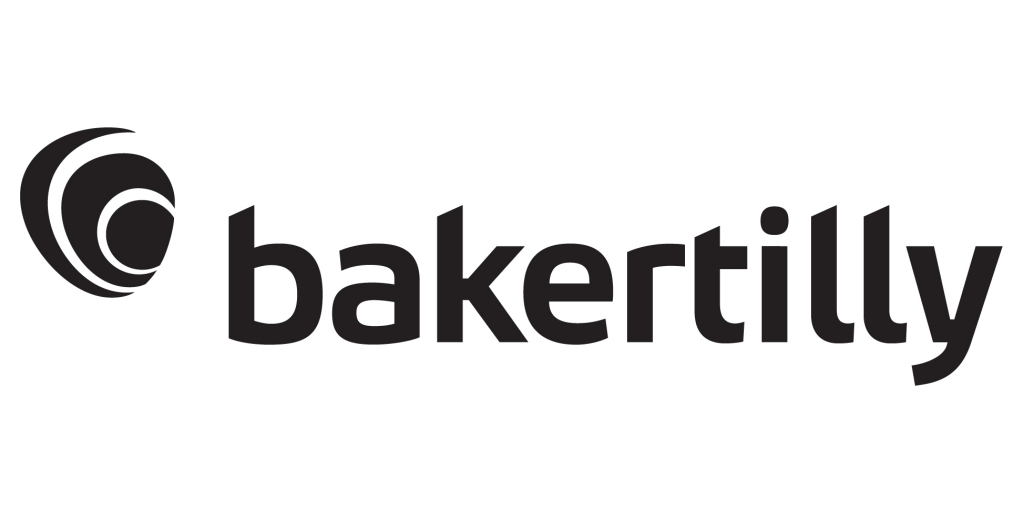Transforming Not-for-Profit Board Governance With Artificial Intelligence
Authored by Baker Tilly’s Norris James

Not-for-profit boards are pivotal to ensure governance and organizational effectiveness, and to uphold the mission and vision while maintaining accountability and transparency. As the technology landscape evolves, artificial intelligence (AI) emerges as a transformative force across various sectors, including the not-for-profit industry. AI offers innovative solutions to enhance decision-making, efficiency and strategic planning and help not-for-profit boards fulfill their stewardship responsibilities more effectively.
AI and not-for-profit boards
Not-for-profit governance frameworks can integrate AI technologies in several ways. From automating routine tasks to providing deep insights through data analytics, AI is revolutionizing how boards operate. The benefits of AI in this context include improved decision-making processes, increased operational efficiencies and enhanced strategic planning capabilities. AI tools can quickly analyze vast amounts of data, identify patterns and provide actionable insights that help boards make informed decisions.
Not-for-profit board essentials: Duties, liabilities and effective board/management partnerships
Not-for-profit boards have many key responsibilities, including steering the vision, advising on the organization’s strategic direction, providing financial and risk management oversight and maintaining stakeholder accountability. Board members also have legal and ethical responsibilities, such as fiduciary duties, and must understand and comply with laws and regulations associated with these duties. Understanding these responsibilities and liabilities is critical for effective and ethical board governance.
Equally important is fostering a strong partnership between the board and management. This collaboration ensures that the management team effectively implements the board’s guidance on the strategic vision. AI enhances this partnership by providing tools for real-time data sharing, performance tracking and strategic alignment, thereby improving communication and collaboration.
AI’s role in guiding not-for-profit boards: Seven primary areas of responsibility
- Mission and planning: AI tools can assist in strategic planning and mission alignment by analyzing trends, forecasting future scenarios and providing insights into the potential impact of various strategies. Predictive analytics can help boards anticipate environmental changes and adjust their plans accordingly.
- Financial stewardship: AI-driven financial analysis and forecasting tools can enhance the board’s ability to oversee the organization’s economic health. Automated reporting systems can increase transparency and accountability by providing real-time financial data and insights.
- Human resources stewardship: AI can be used in talent acquisition, retention and development by identifying the best candidates, predicting employee turnover and providing personalized development plans. AI tools can also help foster a diverse and inclusive organizational culture by mitigating biases in hiring and promotion processes.
- Performance monitoring and accountability: AI enables real-time performance tracking and reporting, allowing boards to monitor key performance indicators (KPIs) and ensure the organization is on track to meet its goals. AI can also help set realistic and achievable KPIs based on data-driven insights.
- Community representation and advocacy: AI can enhance community engagement and outreach by analyzing community needs, preferences and feedback. AI tools can also support advocacy efforts by identifying key stakeholders, crafting targeted messages and measuring the impact of advocacy campaigns.
- Risk management: AI can identify and mitigate risks by analyzing data to detect potential threats and vulnerabilities. Predictive analytics enables boards to take the initiative to manage risks and ensure the organization’s long-term sustainability by anticipating and addressing risks before they escalate.
- Managing critical events and transitional phases: AI can support leadership transitions and critical events by offering scenario planning and crisis management tools. These tools help boards navigate complex situations and make informed decisions during periods of change, ensuring stability and continuity.
10 critical questions for not-for-profit boards using AI
When considering the adoption of AI to enhance oversight responsibilities, not-for-profit boards should ask the following questions to make informed and strategic decisions and get started on their AI journey.
- Can AI assist in aligning activities with mission and strategic goals and support strategic planning processes?
- Can AI enhance financial oversight and forecasting capabilities? What are the costs and return on investment (ROI) associated with implementing AI solutions?
- Can AI assist in recruiting, retaining and developing our staff and volunteers? What measures are in place to ensure AI tools do not perpetuate biases in hiring and promotion processes?
- Can AI improve our ability to monitor and report on organizational performance and KPIs? Can AI help us track them more effectively?
- Can AI tools help us understand and engage with the community and stakeholders? What AI-driven methods exist to enhance advocacy efforts and measure their impact?
- Can AI help identify and proactively manage risks and opportunities?
- Does AI support leadership transitions and critical events and assist with scenario planning and crisis management?
- What ethical considerations should we be aware of when implementing AI solutions and ensuring compliance with data privacy laws and regulations when using AI? What steps are involved in integrating AI into our existing systems and processes?
- How do we train our staff and board members to use and sustain AI tools effectively?
- Can we measure the effectiveness of AI tools in enhancing our oversight responsibilities, and what processes are in place to review and update our AI strategies regularly? Do we have the right systems, datasets, controls and governance in place to leverage AI in a safe and responsible manner?
Key takeaways: The power of AI for not-for-profit boards
AI transforms not-for-profit governance by enhancing board performance and organizational effectiveness. By integrating AI into their operations, not-for-profit boards can improve decision-making, increase efficiency and better fulfill their stewardship responsibilities. By asking critical questions regarding the use of AI, boards can better understand AI’s potential benefits and challenges, ensuring they make informed decisions that enhance their oversight duties and overall organizational effectiveness. As AI technology evolves, its role in not-for-profit governance will likely expand, offering even more opportunities for innovation and improvement.
Contact a specialist for more information or to learn how Baker Tilly can help your not-for-profit organization enhance board governance with AI and other tools.

